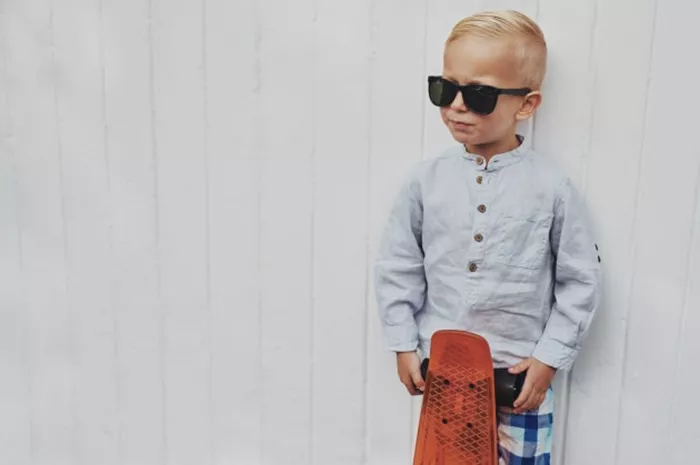Australian retailer Baby Bunting is on track to meet its financial targets for FY25, reinforcing its strategy to expand market share, particularly in the soft goods sector, which includes clothing and footwear. This shift was outlined by Baby Bunting’s chair, Melanie Wilson, during the retailer’s annual general meeting (AGM) in late 2024. Wilson revealed that Baby Bunting operates in a substantial market with a total sales potential of $6.3 billion across Australia and New Zealand.
Preliminary results for the first half of FY25 indicate Baby Bunting is close to achieving its goal of a 40% gross profit margin, falling just 0.2 percentage points short.
The company also reported a 2.2% growth in comparable store sales, within the forecasted range, with an impressive 4.5% growth in the second quarter. Baby Bunting’s unaudited net profit after tax (NPAT) for the first half reached $4.8 million, marking a 37% increase from the same period in FY24. The retailer is now nearing its full-year NPAT target of between $9.5 million and $12.5 million.
As of now, Baby Bunting’s net debt stands at $9.1 million.
CEO Mark Teperson expressed satisfaction with the company’s progress, noting that the strong sales growth during November and December, aided by well-executed campaigns, contributed significantly to the 4.5% second-quarter growth. Teperson also highlighted efforts to renegotiate supplier agreements, simplify pricing structures, and expand exclusive brands and private labels, which all played a role in increasing the company’s gross margin to 39.8% in the first half.
Looking ahead, Teperson confirmed that the growth momentum continues into the second half of FY25, with strong customer engagement and positive feedback driven by strategic innovations in key product categories.
During the AGM, Wilson explained that Baby Bunting currently holds around 10% of the $5.2 billion market for baby products in Australia, leading the hard goods sector. The retailer’s new focus is on expanding its share in the soft goods market, which offers higher margins and more frequent consumer purchases. This market is valued at $3.4 billion and includes categories such as clothing and footwear ($1.34 billion), nappies, health and beauty ($1.29 billion), and food, formula, and feeding ($740 million).
Wilson emphasized the potential for growth in the soft goods market, with Baby Bunting claiming only about 3% of this sector. In contrast, the retailer holds a dominant 23% share of the $1.8 billion hard goods market in Australia. Wilson noted that gaining just 1% more market share could generate approximately $34 million in additional revenue, further complementing the company’s success in hard goods and nursery essentials.
“Through our new strategy, we are well-positioned to capture a larger share of our sizable market,” Wilson concluded.
Before stepping down from her position as chair in February 2025, Wilson plans to oversee the release of Baby Bunting’s audited first-half results.
Related topics:


